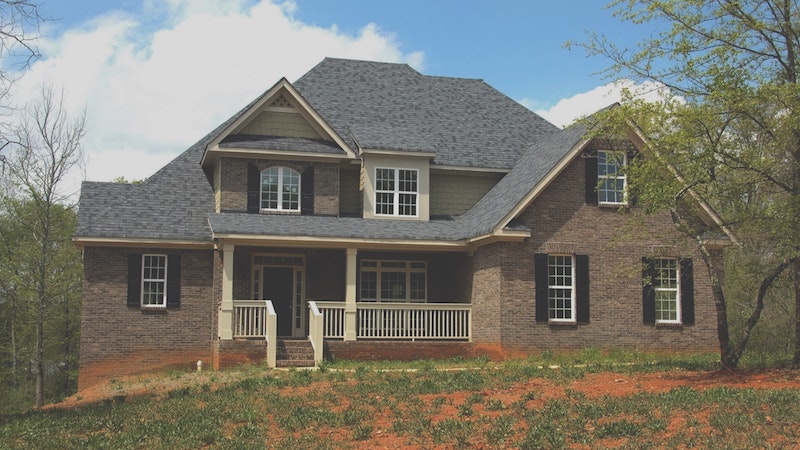Case Study: What Makes a Good Investment? (Part 2)
Episode #10 of the course Real estate investing essentials by Symon He
Hey, welcome to our tenth and final lesson!
Yesterday, we learned that Joe decided to stay local and invest in his hometown of Las Vegas.
Which Property Should Joe Choose?
After some research and working with a local agent, he’s received four potential listings to choose from (see below).
| A) 2B/2B Townhouse: 1272 sq.ft. | B) 5B/3B SFH: 1612 sq.ft. | C) 3B/3B SFH: 1368 sq.ft. | D) 3B/3B SFH: 1310 sq.ft. | |
| Listed price | $90K | $97K | $135K | $146K |
| Median Sale Price of SFH in Neighborhood | $208K | $168K | $188K | $216K |
| Pros | Most affordable in a higher income and lower vacancy area | Large footprint, well below comparable listings in the same area | Very good part of town, new fixtures and appliances, no HOA, top schools; low list price for area. | Best part of town, top schools, no HOA |
| Cons | Townhouse not SFH, HOA of $290/mo, adjacent mobile home park, old fixtures | Major repairs needed ($30K+), water damage, possibly mold, questionable foundation | Older house but fixtures in good condition | Already have multiple bids, likely to sell $15K+ above listing, most expensive per sq.ft. |
| 25% Down payment | $22.5K | $24K | $36K | $40K |
| Est. Monthly Payments | $753 | $417 | $676 | $785 |
| Avg. Rent Comps | $950 | $1,200 (after rehab) | $1,00 | $1,350 |
| Est. Cash Flow/mo | $197 | $783 | $624 | $565 |
Considering the HOA fee and the least desirable location, Joe rejects property A easily. Second, while property B has the potential to generate the highest potential cash flow, it also involves the most work and potentially hidden landmines he’d rather not deal with for his first investment.
Then between property C and D, they’re similar in terms of quality of location, but he’s likely to get a better deal on C, as there isn’t going to be a bidding war. Both are undervalued versus market averages in their respective neighborhoods and offer solid cash flow potential.
Financing
Joe made offers on C and D and was able to ultimately purchase property C at $140K.
At the same time, his agent found a lender willing to finance 80% of the purchase at 4% interest rate amortized over 20 years. So, that means that he only had to put in $28K for the downpayment (i.e., 20% of $140K), while the lender covered the other $112K (80%) of the purchase price.
Now, he has the option to do that or put more more cash. Remember, he has $75K in cash, so he could put all that into the investment or just put $28K down.
Let’s look at his two options, assuming he can get $1,300/mo in rents. To keep things simple, we will ignore things like repair and maintenance, property tax, insurance, and vacancy.
Option 1: 20% down ($28K) @ 4% amortized over 20 years
• Monthly mortgage payment = $679
• Net monthly rent after mortgage = $1,300 – $679 = $621/mo = $7,452/yr
Option 2: 53.5% down ($75K) @ 4% amortized over 20 years
• Monthly mortgage payment = $394
• Net monthly rent after mortgage = $1,300 – $394 = $906/mo = $10,872/yr
Now from just looking at the cash flow after mortgage payments, it would appear option 2 is better: $906/mo ($10,872/yr) vs. $621/mo ($7,452/yr).
However, we shouldn’t look at just the dollar value. Instead, we should look at that return versus what we had to put into the deal. So, if we divide that cashflow by what we had to put into each option (i.e., the down payments), we get the following:
Option #1 = ($7,452 / $28,000) = 26.6%
Option #2 = ($10,872 / $75,000) = 14.5%
Notice how the results change. You can interpret this as the annual return for every dollar invested, which is clearly better for option 1. For every dollar you put into option 1, you can expect to get $0.266 back each year versus just $0.145 back for every dollar put into option 2.
Another way to look at this is to consider what you could do with the extra money left over after putting the $28K into the property. What if Joe found a second property with identical economics? He could put another $28K down on the second property. Now, with $56K invested, he could achieve $7,452/yr * 2 = $14,904/yr versus just $10,872/yr putting in $75K.
This is the power of financing. It could really improve investment returns. However, in practice, that isn’t always the case, as taking on too much of expensive debt could actually hurt your returns.
That’s all for today. Congrats on completing this course!
Thanks!
Symon He
Recommended book
Building Wealth One House at a Time: Making it Big on Little Deals by John Schaub

